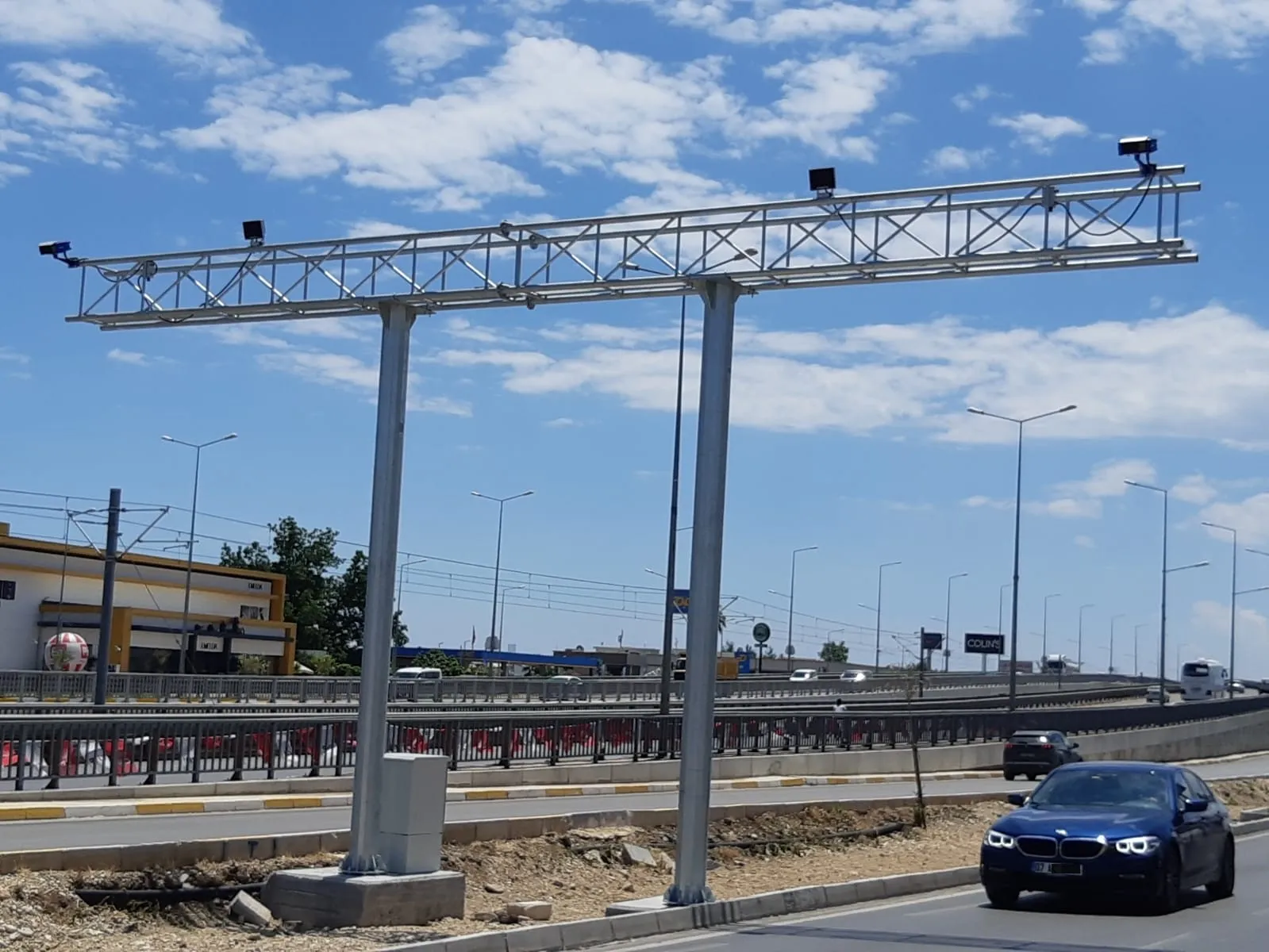
The Turkish government has installed hundreds of Tattile traffic monitoring cameras as part of a bid to clamp down on road violations.
The Italian manufacturer says it has "provided an advanced vehicle tracking network all over the country, using its sophisticated ANPR cameras".
There are 459 Vega Smart 2HD units which are mainly installed in Istanbul and Antalya, while around 960 Vega older-generation 2HD double-head cameras are in place in Konya, Gaziantep and Şanlıurfa.
There are also 154 Sistema Discovery 2HD S units in the network.
Tattile says its systems have helped to prevent crime and aided the authorities in processing the details of violations.
Embedded ANPR software reads the licence plates of all vehicles passing - but can also recognise vehicle features regardless of plate number.
Embedded BCC software allows comparison between the licence plate and the brand, colour, class of the vehicle, Tattile points out.
This enables enforcement agencies to verify whether the collected data (licence plate and vehicle features) match those registered on provincial police archives.
"This feature is very useful to identify vehicles where the licence plate has been replaced with another one," Tattile suggests.










